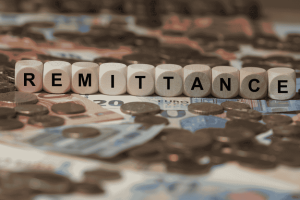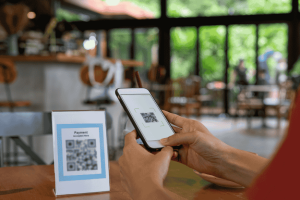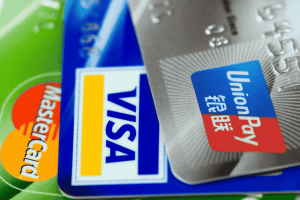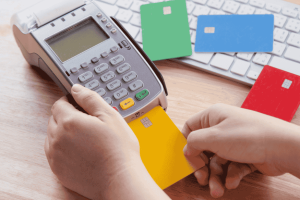Just a few years ago, making a payment in many parts of Asia often meant standing in line, counting out banknotes, or swiping a physical card. Today, the same transaction takes just seconds with a smartphone. Whether it’s buying groceries at a neighborhood market in Kuala Lumpur, paying for lunch at a hawker stall in Singapore, or transferring funds to a family member in rural India, mobile wallets have transformed how people across the continent manage their money — quickly, conveniently, and increasingly without cash.
Shifting Spending Habits Across the Region
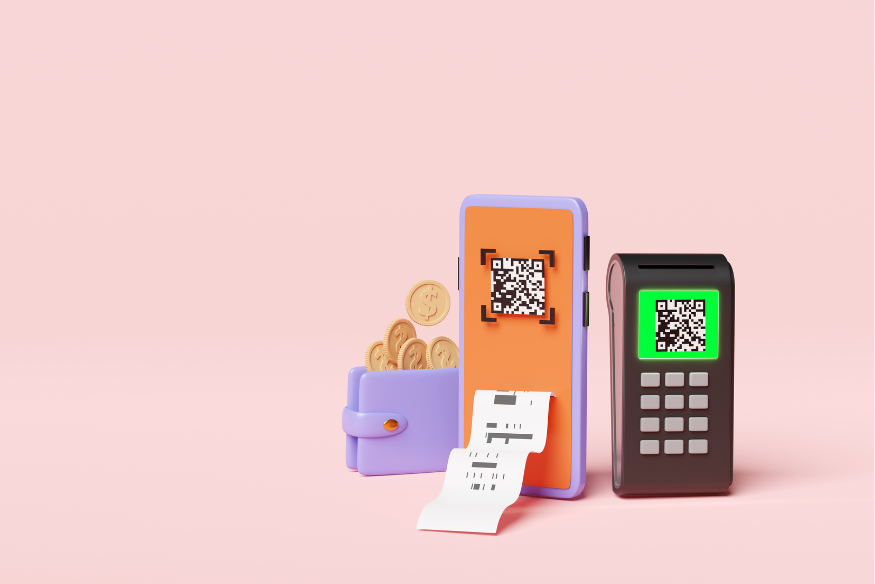
Asia has become a global leader in digital wallet adoption, outpacing many Western economies in both usage and innovation. According to data from Statista, over 60% of internet users in Asia-Pacific used mobile wallets in 2023 — a number expected to grow steadily as smartphone and internet penetration deepen across rural and semi-urban areas.
This shift is more than just about convenience. It reflects a fundamental change in consumer behavior, driven by local conditions, infrastructure development, and government initiatives. In India, for instance, the rapid rollout of the Unified Payments Interface (UPI) has powered the rise of apps like PhonePe, Google Pay, and Paytm. These platforms are used for everything from paying utility bills to booking train tickets — all through a seamless QR code system.
In Thailand, mobile wallets like TrueMoney and Rabbit LINE Pay are widely used for microtransactions such as street food purchases or top-ups for prepaid mobile services. Thai consumers, especially younger generations, now view mobile payments as the default for everyday spending — even more so than debit or credit cards.
Meanwhile, in Japan, a country long known for its cash-oriented culture, the tide is slowly turning. PayPay, a mobile wallet backed by SoftBank and Yahoo Japan, has rapidly gained traction by offering cashback and loyalty incentives, appealing to users’ love for practical savings.
Government Support and Local Infrastructure: A Critical Driver
One of the main reasons mobile wallets have flourished in Asia is the proactive stance taken by governments and regulators. Many administrations see digital finance as a tool to improve financial inclusion, reduce the shadow economy, and increase tax transparency.
- Singapore has established itself as a fintech hub, encouraging banks and tech startups to collaborate. The Monetary Authority of Singapore supports open banking initiatives and digital identity systems that enable secure mobile payments.
- In Malaysia, e-wallets like Touch ‘n Go and Boost are now accepted across a wide range of services, including toll payments and public transport. The government’s eTunai Rakyat initiative even offered digital wallet credits to eligible citizens as part of a stimulus package.
- In Indonesia, where bank access remains limited in rural areas, mobile wallets like DANA, OVO, and GoPay have opened the door to digital transactions for millions. These wallets are often tied to lifestyle super apps, integrating ride-hailing, food delivery, and even online shopping.
Everyday Benefits That Go Beyond Cashless Convenience

While the convenience of paying without physical money is well understood, the advantages of mobile wallets in Asia go far deeper.
Faster Access to Financial Services
Mobile wallets offer banking-like functionality without the need for a traditional bank account. In many parts of Asia, especially in rural or underbanked regions, this is a game changer. Users can now receive salaries, remit money to relatives, and even apply for microloans — all through their phones.
Rewards and Personalization
Platforms compete by offering cashback, vouchers, and personalized recommendations. For example, ShopeePay in Southeast Asia incentivizes users with discounts on groceries and transport. This gamification of finance creates a more engaging user experience, especially among Gen Z and millennials.
Security and Transparency
Contrary to concerns, digital wallets are often safer than carrying cash. Biometric logins, one-time passwords, and transaction alerts protect users from fraud. Moreover, users get a clear digital trail of spending, helping with budgeting and personal finance tracking.
Mobile Wallets vs Traditional Banking and Credit Cards
One of the key dynamics shaping Asia’s financial future is how mobile wallets interact with existing financial products like credit cards and savings accounts.
In urban China, for instance, many people no longer carry physical wallets at all. Alipay and WeChat Pay dominate daily transactions — from vending machines to hospital bills — often rendering physical credit cards redundant. Yet these digital wallets can still be linked to bank accounts or credit cards, allowing for a hybrid experience.
In contrast, in South Korea, mobile wallets often complement rather than replace cards. Samsung Pay and KakaoPay allow cardholders to digitize their credit cards, enabling tap-to-pay without compromising existing rewards programs.
In countries where credit card penetration is still developing — like Vietnam or the Philippines — mobile wallets may serve as the first step toward formal financial engagement. Some fintechs even offer “buy now, pay later” features directly within the app, bypassing the need for a traditional credit line.
Regional Innovations to Watch
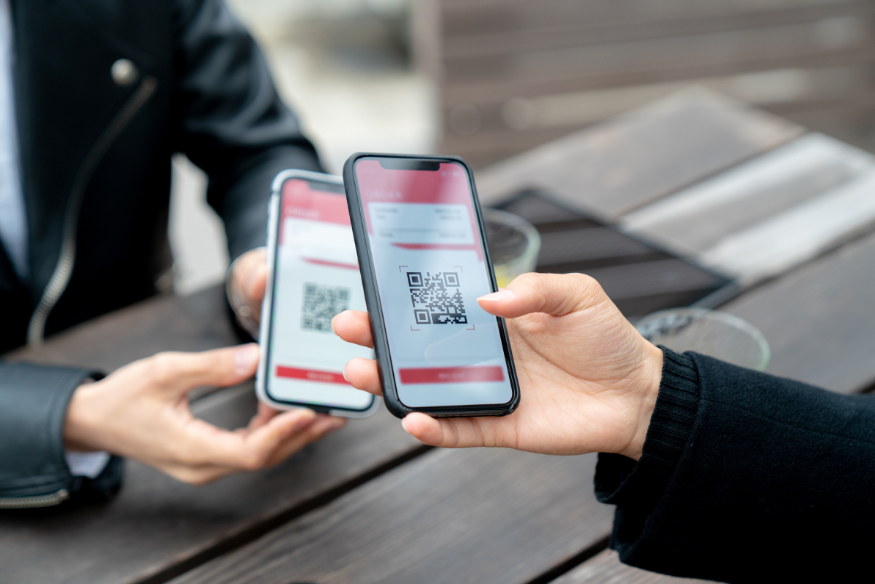
Asia’s fintech sector continues to evolve quickly, with several trends worth watching:
1. QR Code Standardization
Countries like India and Thailand are pushing for interoperable QR codes. This means a single code can be used across different apps and banks, increasing convenience for users and lowering friction for merchants.
2. Cross-Border Payments
With millions of migrant workers sending remittances home each month, cross-border wallet transfers are gaining traction. For example, Singapore and Thailand have launched a real-time payment system linking PayNow and PromptPay. Other ASEAN nations are expected to follow suit.
3. Digital Credit Scoring
Fintech companies are beginning to analyze user behavior on mobile wallets — such as spending patterns and bill payments — to create alternative credit scores. This opens the door to microloans and installment plans for people without traditional financial histories.
Practical Takeaways for Users and Businesses
The mobile wallet shift presents different opportunities depending on who you are:
For Individuals:
- Explore local wallets that offer integration with daily needs like transport, shopping, and bill payment.
- Take advantage of reward programs, cashback, and partner discounts.
- Use transaction records to improve your budgeting and expense tracking.
For Businesses:
- Adopting mobile wallet payment options can boost foot traffic, especially among younger consumers.
- QR-based payments reduce the need for costly point-of-sale systems.
- Partnering with wallet providers can enhance visibility through app-based promotions and vouchers.
A New Financial Era at Your Fingertips
From the back alleys of Ho Chi Minh City to the subway stations of Seoul, mobile wallets are not just a payment trend — they represent a redefinition of financial behavior across Asia. Their rapid adoption highlights not only the region’s openness to digital innovation but also the deep need for accessible, flexible financial tools.
As mobile wallets continue to evolve, they’re expected to integrate more services, from insurance and investments to cross-border finance and personal budgeting tools. For individuals, this means more control, more convenience, and more opportunities. For the region, it means a leap toward greater financial inclusion and economic resilience — all powered by the devices we carry in our pockets.
The next time you pay with a tap or scan a QR code at your local shop, consider this: you’re not just making a transaction — you’re participating in one of Asia’s most important financial revolutions.


